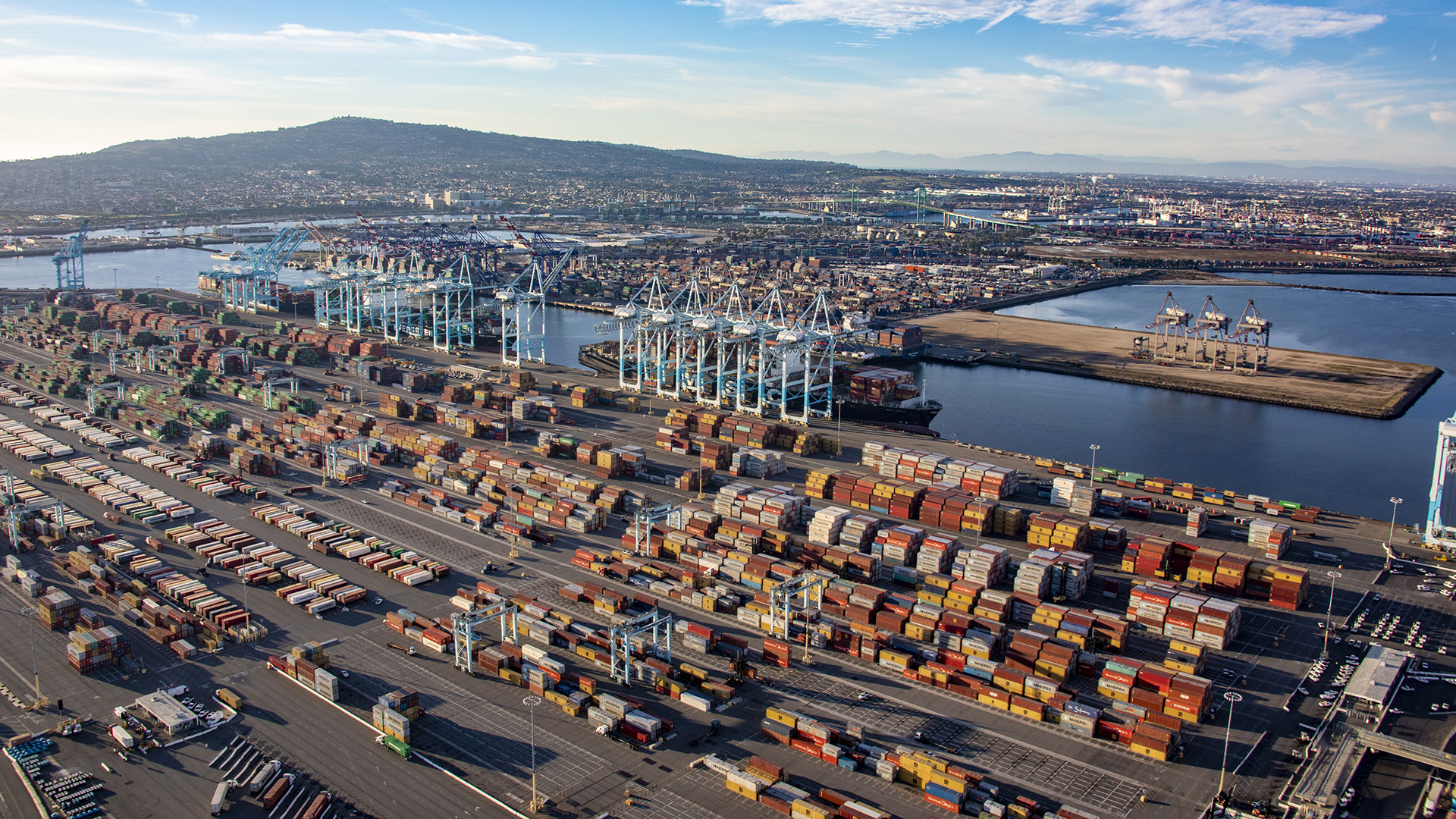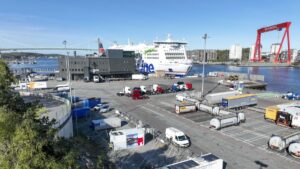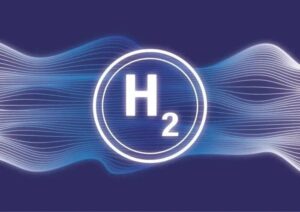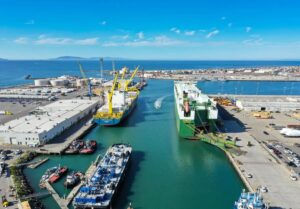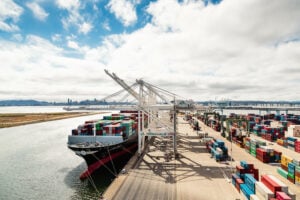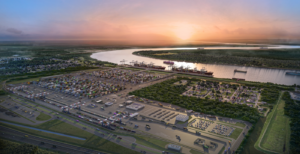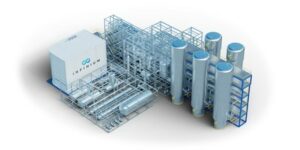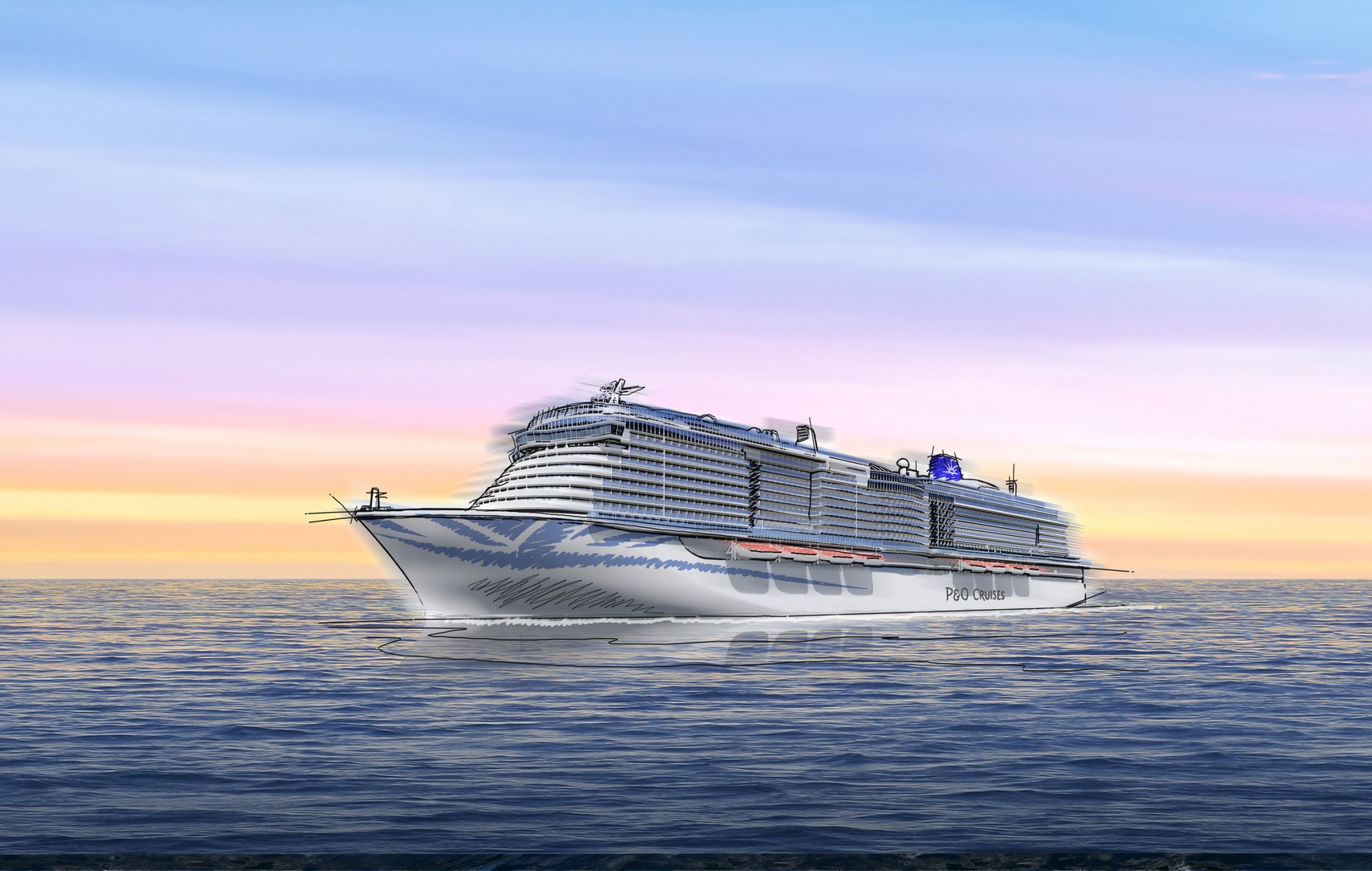Embracing sustainability, US gov’t makes ‘biggest ever’ investment in ports
The Biden-Harris Administration has passed new legislation as part of which billions of dollars will be invested in US ports, waterways and freight networks.
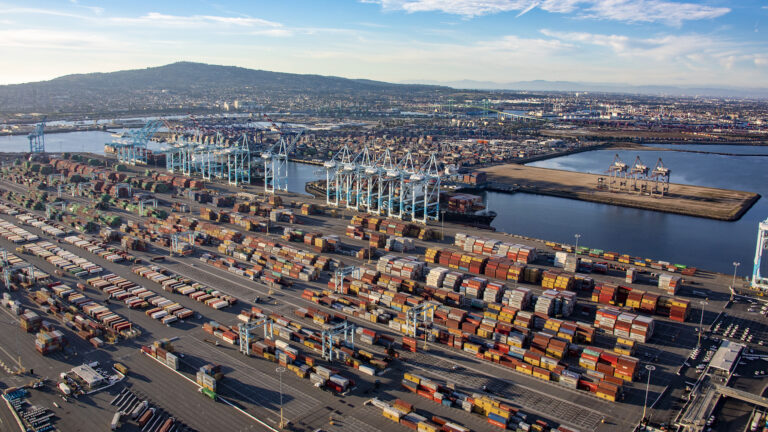
The legislation, known as the Bipartisan Infrastructure Deal, will invest $17 billion to upgrade ports, strengthen supply chains and reduce costs, cut emissions and drive electrification and other low-carbon technologies.
“We’re going to reduce congestion. We’re going to address repair and maintenance backlogs, deploy state-of-the-art technologies, and make our ports cleaner and more efficient,” President Biden announced while speaking at the Port of Baltimore in Maryland — one of the country’s oldest ports — on 10 November.
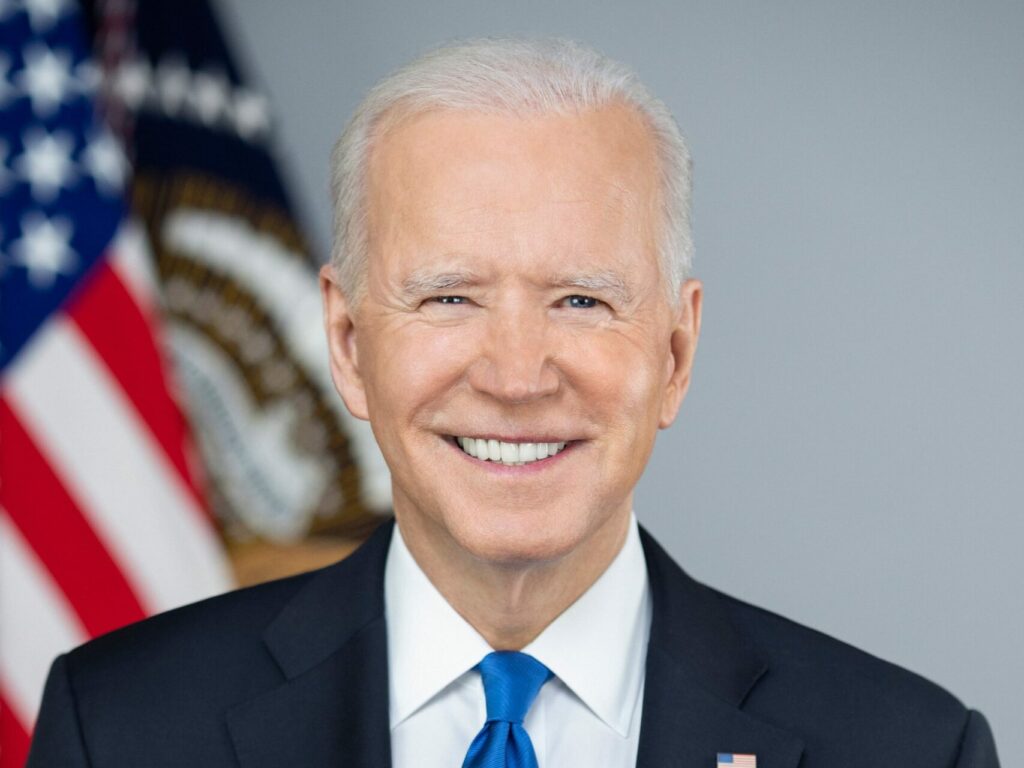
The bill represents the biggest investment in ports in American history, according to the US government.
Most importantly, the bill is seen as a key step towards reaching President Joe Biden’s goal of a net-zero emissions economy by 2050. As part of this net-zero goal, the Biden administration recently also committed to working with the International Maritime Organization (IMO) to adopt a goal of achieving zero emissions from international shipping by 2050.
Related Article
-
Biden to push for IMO adoption of zero emissions goal for shipping by 2050
Outlook & Strategy
Making ports more sustainable has been recognized as one of the crucial factors to decarbonize the entire shipping sector. Within the wider context, it’s clear that ports could play an important role in the global energy transition.
Related Article
-
Report: Ports can be front runners of energy transition
Ports & Logistics
Turning the climate change into an opportunity
As Biden emphasized at COP26 in Glasgow, climate change poses an existential threat to people, economies, and countries across the world – and it requires swift and bold action to reduce emissions and strengthen resilience.
As part of re-entering the Paris Agreement, the US has launched a number of nation-wide initiatives to tackle the climate crisis both locally and internationally.
The latest investment in ports — together with other infrastructure investments that are part of the Bipartisan Infrastructure Deal — is expected to ensure meeting Biden’s commitment to reduce US emissions by 50-52% from 2005 levels in 2030, create a 100% carbon pollution-free power sector by 2035, and achieve a net-zero economy by 2050.
As explained, port infrastructure and waterway investments will double as an investment in environmental justice in and around port facilities by deploying zero-emission technologies and reducing idling and emissions, which impair air quality in adjacent neighborhoods and communities, often which are historically disadvantaged.
The US will also invest in demonstration projects and research hubs for next-generation technologies like advanced nuclear reactors, carbon capture, and clean hydrogen.
Why is investment in US ports urgently needed?
Although American ports are a cornerstone of the US economy, infrastructure and the COVID-19 pandemic have strained their capacity and jeopardized global supply chains.
Only four US ports are among the top 50 busiest ports in the world and no US port is in the top 10.
A report by the American Society of Civil Engineers (ASCE) has warned that ports face extensive challenges modernizing infrastructure and maintaining essential facilities under threat from sea level rise and other climate challenges.
Many US ports also have bridge or depth limitations that restrict their ability to receive the larger, post-Panamax vessels that are the future of ocean shipping. Further, the surge of cargo coming off larger vessels can also strain outdated landside infrastructure. As a result, more container traffic flows through a smaller number of US ports with the offshore and onshore capacity to handle the largest vessels and their cargo.
All of these factors have negatively impacted the country’s economy and global competitiveness.
Specifically, the new action plan intends to increase federal flexibilities for port grants, accelerate port infrastructure grant awards, announce new construction projects for coastal navigation, inland waterways, and land ports of entry, and launch the first round of expanded port infrastructure grants funded through the Bipartisan Infrastructure Deal.
The resilience of supply chains
The long-term disinvestment and negligence have left the links in US goods movement supply chains struggling to keep up with the rapid and persistent increase in goods movement that the pandemic has generated.
Despite global disruptions due to the pandemic, America is moving record numbers of goods from our ports to shelves and homes. The Ports of Long Beach and Los Angeles, for example, which import 40% of all containerized imports into the country—are handling the most in their history, 17% more than their previous record year.
The Bipartisan Infrastructure Deal will make the fundamental changes that are long overdue for the ports to ensure that our supply chains are more resilient and efficient from future shocks. Modern, resilient, and sustainable port infrastructure will help improve efficiency, reduce costs, and support US competitiveness by removing bottlenecks and expediting commerce, while reducing greenhouse gas emissions and the environmental impact on neighboring communities, according to the administration.
Along the way, these investments are expected to create good-paying jobs and help America keep up with the Joneses — in other words help the nation outcompete China.
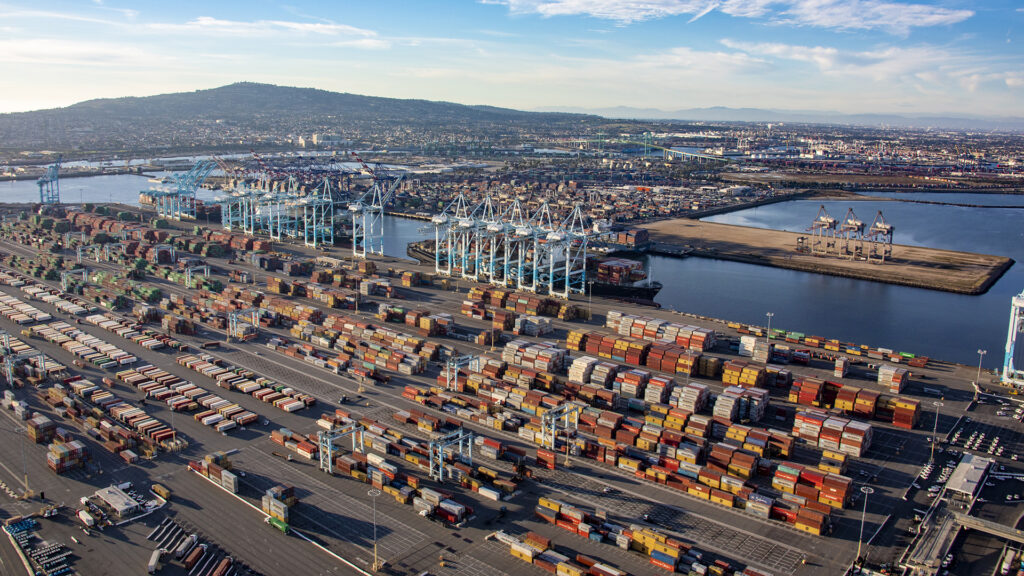
The administration has already taken steps to get goods flowing from ships to shelves faster right now. That includes partnerships with the ports of LA and Long Beach to move to 24/7 operations—in addition to partnerships with labor as well as private sector leaders.
“Last month, I reached a deal with two of the largest ports in America — the Port of Los Angeles and Long Beach. And I met with you guys, with the longshoremen there, and we worked out a deal between the port owners and the longshoremen to move toward operating those two ports,” Biden said during his speech in Baltimore.
“Forty percent of everything in the Pacific comes through those two ports. And they’re lined up — ships are lined up 70-some lined up out as far as you could see. So they all agreed they’re going to go 24 hours a day, seven days a week.”
“It’s already paying off. Last week, the number of container ships in the docks for more than nine days fell by over 20 percent. And now we’re announcing steps to improve ports on the East Coast to provide support for the Port of Savannah, the fourth-largest container port in the country, to help reduce congestion.”
“With our help, they now have the funds they need to set up five new inland port sites in Georgia and North Carolina so goods can get closer to their final destination more quickly,”
“And other ports across the country will have the resources they need to make these kinds of immediate investments as well,” he added.
The Biden-Harris Administration’s immediate actions will now include supporting creative solutions to current supply chain disruptions by allowing for flexibility in port grants and alleviating congestion at the Port of Savannah by funding the Georgia Port Authority pop-up container yards project.
Under the plan, the Port of Savannah will transfer containers via rail and truck further inland so that they can be closer to their final destination, which will make available valuable real estate closer to the port. The effort will free up more dock space and speed goods flow in and out of the Port of Savannah, which leads the nation in containerized agricultural exports.
Further near-term actions include launching programs to modernize ports and marine highways with more than $240 million in grant funding within the next 45 days as well as identifying projects for US Army Corps of Engineers construction at coastal ports and inland waterways within the next 60 days.
What is more, near-term actions will encompass prioritizing key ports of entry for modernization and expansion within the next 90 days and opening competition for the first round of port infrastructure grants funded through the bipartisan infrastructure deal within 90 days.
——————————————————————————————
NOTE: On 15 November, US President Joe Biden signed the $1 trillion infrastructure bill into law.

